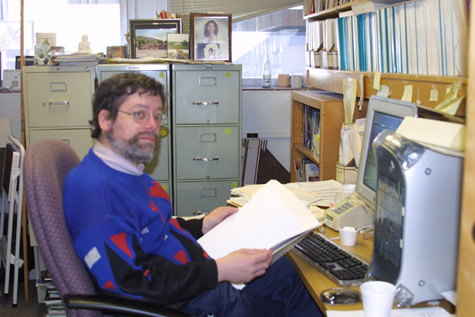
Arthur J. Lustig, Ph.D.

Arthur J. Lustig, Ph.D. University of Chicago, 1981
Professor of Biochemistry
Eukaryotic Chromosome Stability
|
The function of telomeres, the specialized protein-DNA structures present at the end of the chromosome that serves to stabilize the linear eukaryotic chromosome. The telomere has a specialized mode of replication, proteins that serve as a cap function, and protein/DNA complexes that can form a 'silenced' heterochromatic state. One area of investigation focuses on a telomeric processing event that is likely to be involved in the regulation of telomere size in yeast and a multiplicity of other organisms. This process termed telomeric rapid deletion (TRD) involves two steps: a) the pairing between the telomeres of heterologous chromosomes and b) an intrachromatid excision of the over-elongated telomere. Similar rapid deletion events have been observed in human cell lines (and numerous other organisms), where they may contribute to the formation of both precancerous and cancerous cells. We have deduced the mechanism of TRD and are currently characterizing regulators of this process by genetic and physical techniques. We will also investigate the cell-cycle regulation of TRD and meiotic TRD, where the frequency of TRD is dramatically increased. A second area of investigation in our laboratory, telomeric silencing, refers specifically to the position effect variegation observed when genes are placed adjacent to yeast telomeres. Studies on telomeric silencing have previously proven to be critical in understanding the composition, properties, and functions of telomeres, as well as the formation of heterochromatic states. These studies are basic to an understanding of the relationship between chromatin and gene expression. To understand this process, we will focus on three aims. First, we will continue our characterization of the unique heterochromatin-associated protein Sir3. Second, we will utilize telomeric silencing as a means to understand the basis of "cellular memory". Third, we will continue to study the role of histone H2A in telomeric silencing and DNA damage control. Both molecular genetic and physical tools will be used to approach these problems. |